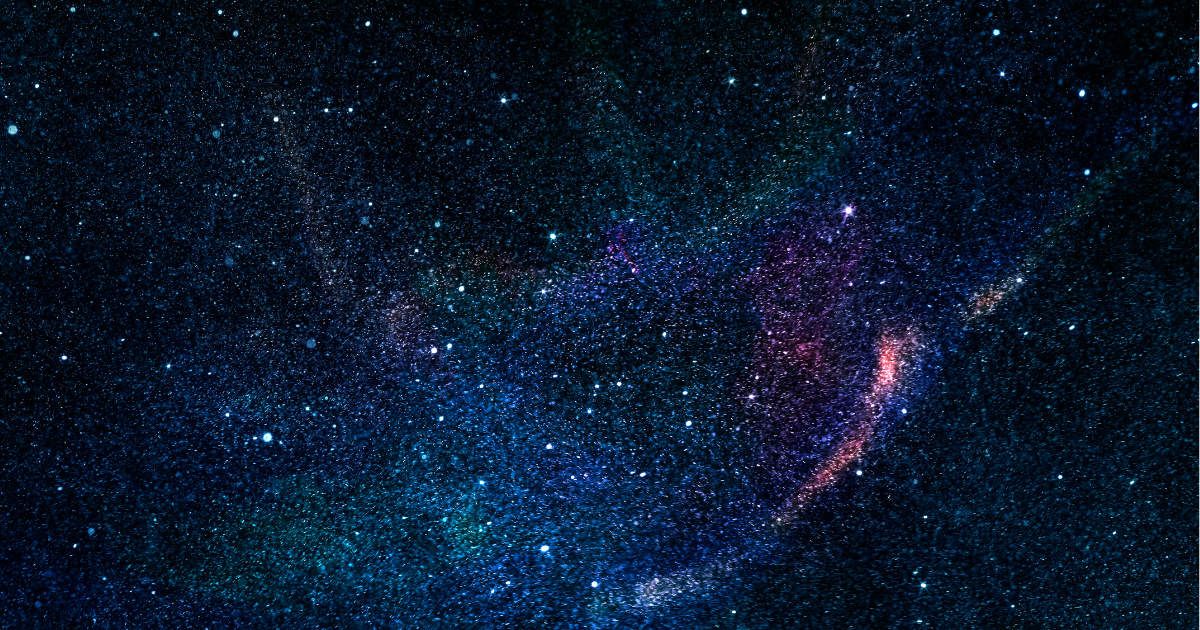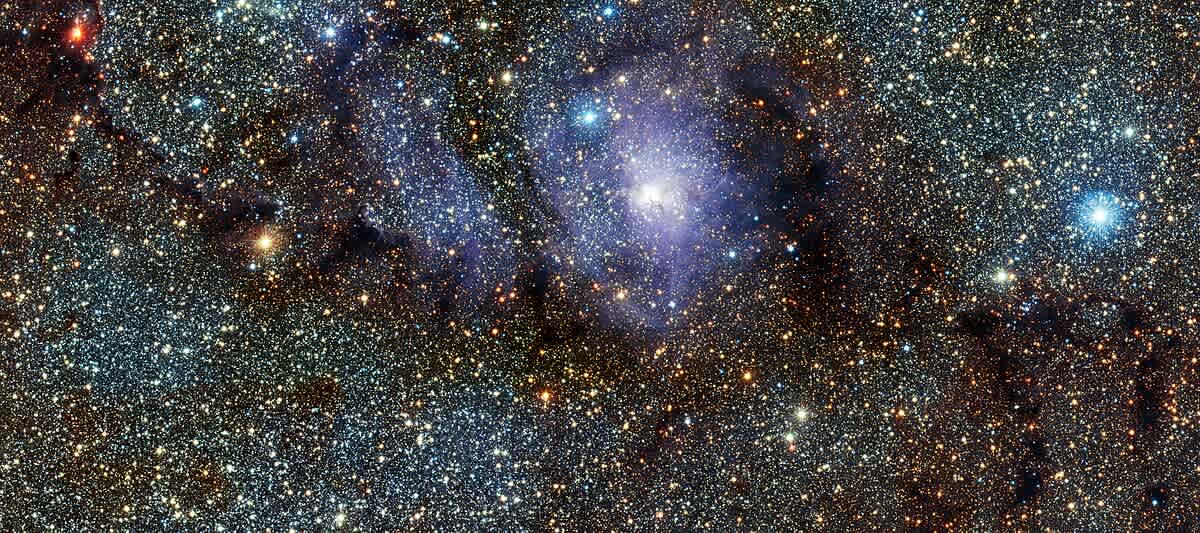Simulation Model Reveals That First Ever Stars Were Much Smaller Than Previously Believed

Investigations into dark matter have revealed meaningful insights about the birth of the first-ever stars in the universe. Details regarding the investigation have been published in The Astrophysical Journal Letters. The results indicated that many of the past assertions about these early stars may have been wrong. Researchers were also able to determine why evidence associated with these stars is so hard to come by in space. The study claims that the problem is rooted in the size of these stars. For this study, experts relied on an enhanced simulation of the early universe and came to some startling conclusions.

Size and Birth
The simulation prepared by the researchers showed that gas flowing in the early universe accumulated into clumps and bumps, to facilitate the birth of the first-ever stars, according to Live Science. One of these lumps possibly stumbled into specific conditions that allowed it to transform into a star containing eight times the mass of the sun. This reading surprised experts, as past studies have cited these stars to exhibit 100 times the mass of the sun. If these readings are true, then it also implies that the first-ever stars were created in a network of stellar objects rather than in isolation, as previously believed.

Glimpse into Dark Ages
The period in the universe before the illumination of the first-ever stars is called the "Dark Ages," according to Universe Today. It began 370,000 years after the Big Bang, which supposedly created the universe, and ended with the creation of the first stars, also called Population III stars, around 13 billion years ago. The simulation considered in the study reveals the possible conditions that led to dark matter clusters breaking apart and developing the framework on which the first stars stood. The model also focuses on the conditions in the primordial lumps that eventually became the stars. The model was created using the GIZMO simulation code as well as data gathered by the IllustrisTNG Project. The latter helped expand the scope of the simulation from 0.3–2 Mpc cosmological area to ∼50 Mpc.
What did the Simulation Show?
The simulation starts with a dark-matter mini halo (a gravitationally bound clump of dark matter inside a larger dark matter halo). After some time, gas flowing in space falls into the gravitational well of this mini halo, which starts pacing at high speed and accumulates into several lumps, near certain convergence points linked to small dark matter structures. Slowly, a dense cloud formed from this process, carrying several thin gaseous structures in it. This cloud began to fall, with the gaseous structures inside it moving at five times the speed of sound. This phenomenon created an environment that researchers labeled as supersonic turbulence in the network. The structures came into the center of the cloud and began to rotate.
The turbulence split the cloud into clumps of primordial gas (elements which will eventually become a star). The turbulence seemed to be encouraging the clumps' possible transformation to one of the Population III stars. One of these clumps will eventually become the 8 solar mass star. "This evolution demonstrates that the gas accretion is highly anisotropic and inhomogeneous, resulting in clumpy structures, which are likely shaped by tidal forces from the assembling dark matter halo," the authors explained. Lead author Ke-Jung Chen, from the Institute of Astronomy and Astrophysics at Academia Sinica, in Taiwan, considered the investigation to be a breakthrough in the investigation of dark ages, as it not only showcased how turbulence developed during the formation of the earliest stars, but also how pivotal it was during the whole process.

Mystery Solved
These results challenge past assertions regarding the size of Population III stars. The stars being smaller than 80 and 260 solar masses, as previously considered, could be the reason why no chemical fingerprints of these stars have been found. These stars were essentially not large enough to regularly explode as supernovae, to leave these fingerprints in the next generation of stars. Hence, it may now be crucial to update all the early universe models that consider Population III stars to be larger than 8 solar masses, as per experts.